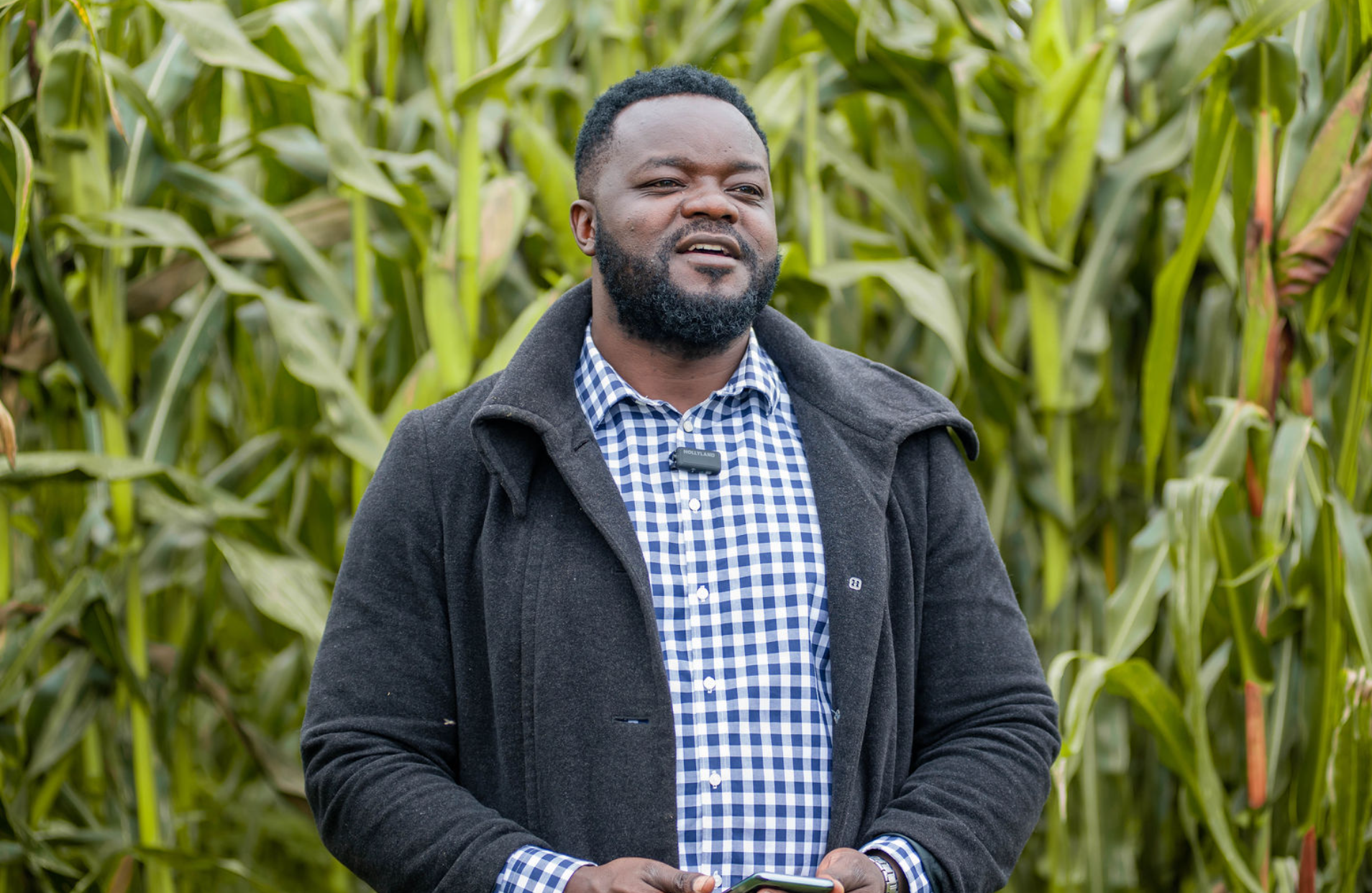 For farmers, the promise is straightforward: seeds that germinate more reliably, crops that withstand early stress, and a harvest less dependent on chance.
For farmers, the promise is straightforward: seeds that germinate more reliably, crops that withstand early stress, and a harvest less dependent on chance.
On the fringes of Trans
Nzoia’s fertile fields, the stakes of planting season are often measured in
uncertainty. Once seeds are in the ground, farmers can only wait; anxiously
watching the soil, hoping for the first green shoots.
That fragile moment of germination
often tells them how the rest of the season will unfold: whether they will have
a harvest to depend on or face the prospect of hunger.
At the Agricultural
Development Corporation’s (ADC) 60th anniversary celebrations in Kitale this
month, that anxiety met a glimmer of hope. A new seed-coating technology,
developed by Yara East Africa, promises to help crops push through the risky
early weeks of growth, even when the weather does not cooperate.
The innovation involves coating seeds with a fine layer of key nutrients, organic
carbon and bioactive compounds directly onto each grain. The idea is simple:
give the seed a head start, ensure stronger root development, and reduce the
gamble of planting in uncertain conditions.
“Seed coating with YaraAmplix
SEEDLIFT means farmers are no longer gambling with germination,” said John
Rotich, Yara’s Commercial Manager for Uganda and the Rift Valley. “Even when
rainfall is late or irregular, the seed has a head start.”
Seeds of resilience
For decades, farmers across
western Kenya have struggled with declining soil fertility, erratic rainfall,
and rising input costs. These pressures, compounded by climate change, have
left yields stagnating even as the country’s food demand grows. In this context,
coated seeds represent more than an agricultural tweak, they are an attempt to
de-risk farming at its most vulnerable stage.
Experts argue that the
technology could improve uniformity in crop stands, reduce losses from failed
germination, and allow farmers to invest with more confidence. “When farmers
can trust that their seeds will establish well, they are more likely to invest
in their farms,” said Rotich.
The economic implications
are significant. Agriculture contributes about a fifth of Kenya’s GDP and
employs more than half the population. Yet frequent crop failures and poor
yields continue to undermine food security, pushing the country toward costly imports
of staples like maize and wheat.
For ADC, which was founded
in 1965 to spearhead Kenya’s agricultural development, the partnership with
Yara is part of a broader strategy to modernise. “Our commitment is not just to
produce food, but to ensure every Kenyan has access to nutritious food,” said
Dr Wilson Tonui, ADC’s managing director.
ADC is also investing in
other technologies; from drone spraying to embryo transfer in livestock, as it
tries to position itself at the forefront of climate-smart farming. The
addition of YaraAmplix technology presents an immediate means of scaling
climate change adaptation solutions.
Even the most advanced
technology can falter without proper use. Yara says it is backing up the
seed-coating technology with agronomy training and field demonstrations to show
farmers how to get the best from the seeds. At the Kitale event, farmers walked
through trial plots, examined root systems, and debated the potential impact on
their own farms.
“Empowering farmers through
knowledge transfer is just as critical as providing them with improved inputs,”
Rotich said.
The bigger picture
Kenya’s agriculture is at a
crossroads. Climate shocks are intensifying, and the costs of fertiliser,
seeds, and pesticides have spiked in recent years. Against this backdrop,
incremental innovations such as coated seeds could prove crucial, as part of a
broader toolkit for resilience.
For farmers like those in
Trans Nzoia, the promise is straightforward: seeds that germinate more
reliably, crops that withstand early stress, and a harvest less dependent on
chance.
As Dr Tonui put it during
the celebrations, the challenge now is not whether Kenya can innovate, but how
quickly such solutions can be scaled. In his words: “No plate should be empty,
and no farmer should be left behind.”

















